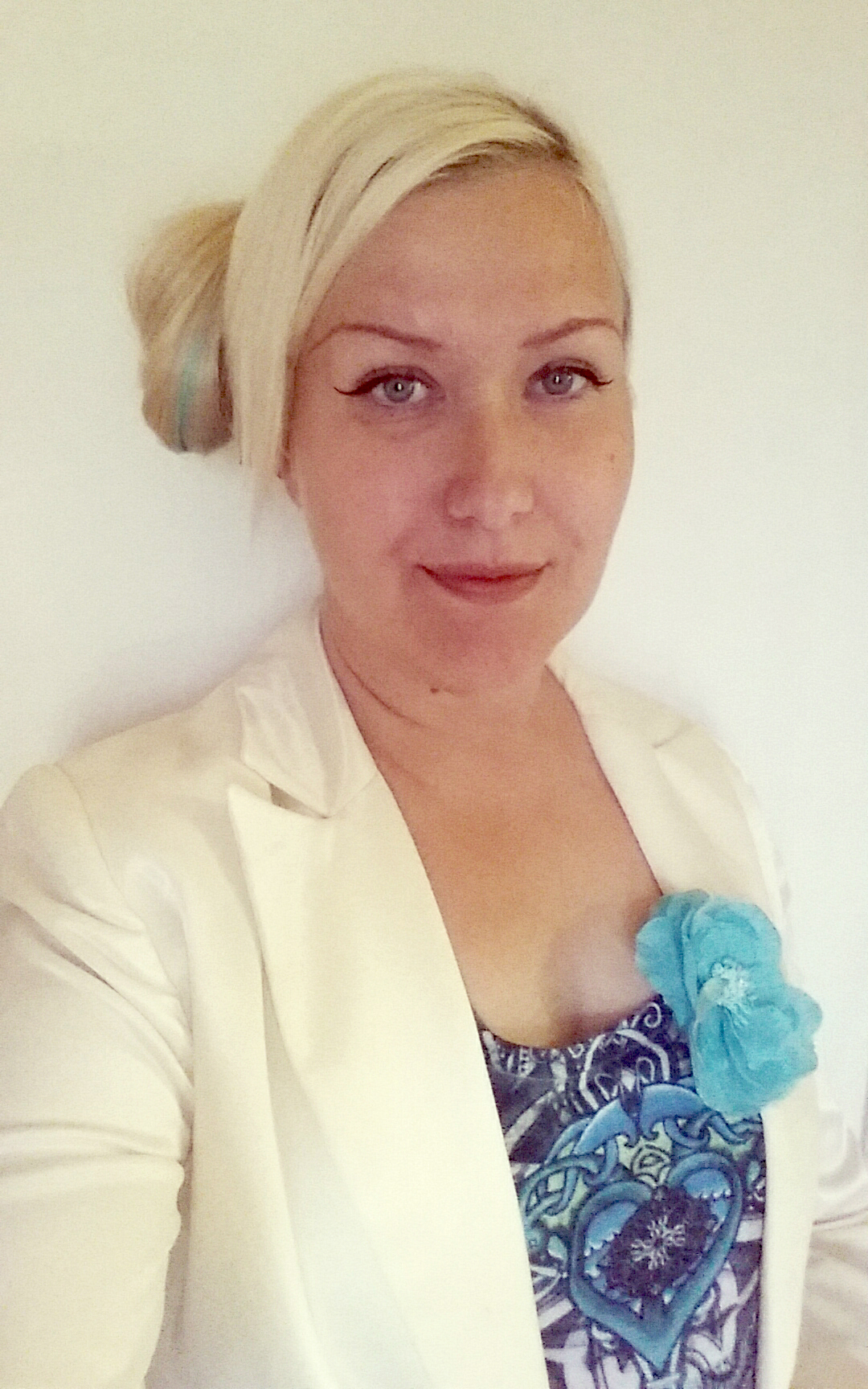Life Publishing Updates Our Identities
What we tell about ourselves online can even change how we see ourselves. This thought comes from Sari Östman, whose doctoral dissertation "Millaisen päivityksen tästä sais" ("What Sort of Update Could I Get Out of This") reveals a new model of thinking.
 The role of life publishing as a part of everyday life has accelerated since the 1990s. Today, most of us publish pictures and stories about our meals, cats, children, as well as ourselves.
The role of life publishing as a part of everyday life has accelerated since the 1990s. Today, most of us publish pictures and stories about our meals, cats, children, as well as ourselves.
– Social media provides us with the possibility to be a part of, to "live" in, several spaces and communities at the same time. For about 20 years, this phenomenon has accelerated continuously, and life publishing has become commonplace. That's why it's so important to thoroughly study its significance to us and how we see ourselves, says Östman.
In her digital culture dissertation, Östman proposes that life publishing has become widely adopted in Finnish culture. This means that publishing our lives online has, through various phases, become a regular part of everyday life for more and more people.
The Three Phases of Adoption
According to Östman's observations, our relationship with life publishing develops in three phases.
In the preliminary phase, people practice life publishing: these new publishers think about what and how they can or want to tell. The activity is somewhat familiar and contains certain characteristics such as creating an intimate mood: this way, people create confidential connections with their audiences but still without telling more about themselves than what they are willing to tell. These creators do not yet define themselves through their actions.
In the advanced stage of adoption, the activity becomes more familiar. People begin to set and follow norms related to life publishing: controlled appearances and tactful yet intimately permissive online sociability. The creators begin to commit to the activity. They develop the role of a life publisher which is active when they edit their publications.
 The third phase of adoption is deep adoption. The creators internalise their role as their identity. They may then find themselves thinking about life through their publications: "What sort of update could I get out of this?" The life publisher identity becomes a part of the role of, for example, a mother or an employee.
The third phase of adoption is deep adoption. The creators internalise their role as their identity. They may then find themselves thinking about life through their publications: "What sort of update could I get out of this?" The life publisher identity becomes a part of the role of, for example, a mother or an employee.
The life publisher identity is a completely new phenomenon when compared to earlier research on roles and socialisation, pioneered by sociologists Peter Berger and Thomas Luckmann in the 1960s. Previously, it was thought that the part of the identity that influences one role slowly recedes when another role becomes more active. However, the life publisher identity refuses to do so.
Sea Change
Östman's research material was collected from 30 Finnish adults with various backgrounds. With the help of theme writing, interviews and tens of online publications, Östman has created a comprehensive look into the phenomenon. She noticed that of the 30 participants, over 80 per cent had by the end of 2014 either internalised their new identity or were transitioning into the internalising phase.
– This number indicates that a similar change is most likely happening on a larger scale at least in Finland, and possibly in other Western countries as well, notes Östman.
Text: Erja Hyytiäinen
Photos: Sari Östman and mkhmarketing
Translation: Sam Parwar